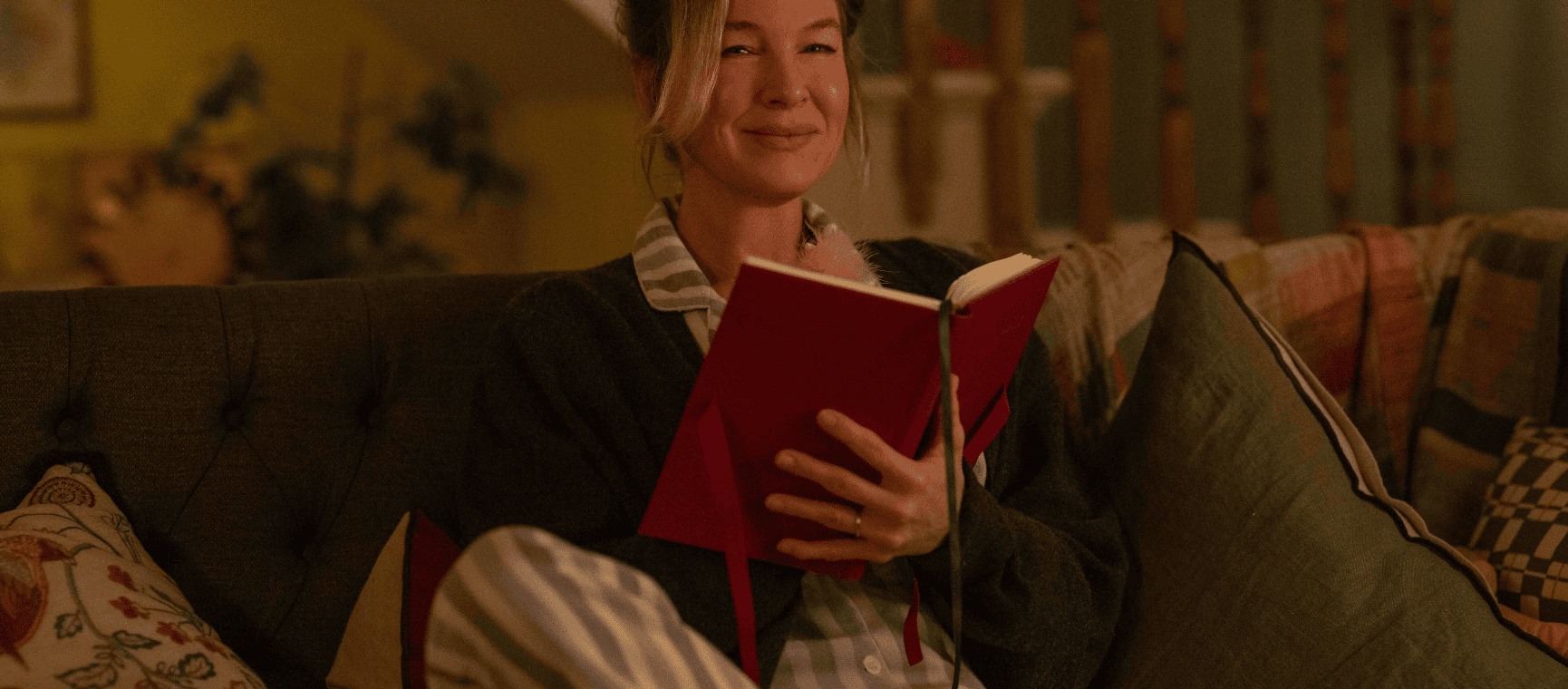
She may now be in her early fifties, a widowed mother of two struggling with the school run and grappling with digital dating (and men much younger than herself), but Bridget Jones is back.
Bridget Jones: Mad About The Boy – the fourth film to feature the chaotic world of the fictional diarist – premieres in the UK on February 13, 2025, and sees Renée Zellweger reprise her role as Bridget, with Hugh Grant returning as the dashing and dangerous Daniel Cleaver. It’s all a v. v. good thing, as the lady herself might have said.
And the film is certain to be a hit with those who have followed the story from the beginning. But what exactly was the beginning?
Before all the films, before all the books, the story of Bridget Jones actually began on 28 February 1995 when, unheralded, her name first appeared above a column in the second section of The Independent.
Readers of Bridget Jones’s Diary were thrown into the slightly confused, dysfunctional world of this 30-something single woman working in publishing who spent her time obsessing about her weight – the daily entries often preceded by notes of unsuitable foods and number of calories ingested, cigarettes smoked and alcohol units drunk.
She appeared fully formed, complete with her own lexicon: the ‘smug marrieds’ and ‘sad singletons’ she encountered, and the things that happened to her that were ‘v. g’ or ‘v. v. bad’.
The writing was both stylish and gloriously laugh-out-loud funny, with a keen underpinning of social commentary on 1990s middle class London. But among readers, including many members of staff at The Independent – where I’d worked since the paper’s launch in 1986 – the creator of this joyous column was a mystery.
Was there a real Bridget Jones somewhere?
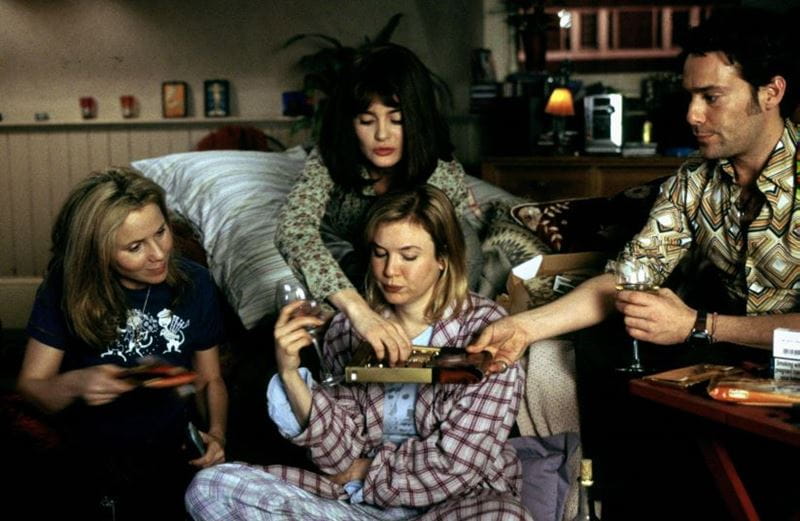
How this all came about was, in the words of Charlie Leadbeater, The Independent’s then features editor who commissioned the column, ‘pure serendipity’.
The newspaper, like others, was chasing a certain demographic: urban professional women in their 20s and 30s, politically unaligned but children of Thatcher and feminism, who – unlike their parents – were not regular newspaper buyers, but whose disposable incomes were attractive to advertisers. Leadbeater wanted a regular column to attract such readers.
He noted how young women in the features department would be talking about make-up one minute and politics the next – the kind of sparky mix he was after.
Feature writer Geraldine Bedell, married to Leadbeater, recommended a colleague, Helen Fielding, to write it because she was "the funniest person I knew". Fielding, from Yorkshire, had published one comic novel, Cause Celeb, and was in her 30s, single, and living in a flat in north London.
Fielding declared the idea "hopelessly exposing and embarrassing". But, she wrote later, "being extremely short of cash to pay the mortgage I said I would write it as a fictional character".
Leadbeater suggested she use the first-person voice of the young woman character in Cause Celeb. Fielding devised the idea of the daily litany of cigarettes smoked and calories counted and conjured up a name: Bridget.
It was the name of a friend of a friend, "who always talked about her in funny ways" – and Jones, because it was ordinary. "I didn’t think about Tom Jones and Henry Fielding, although I pretended I did later."
Heading the column from the second week was an evocative, silhouetted image of a young woman, which also came about in an almost accidental way.
Nick Turpin, a young freelance photographer working a daily shift, was asked to create an image. It was suggested he photograph Susannah Lewis, an assistant to the paper’s managing editor.
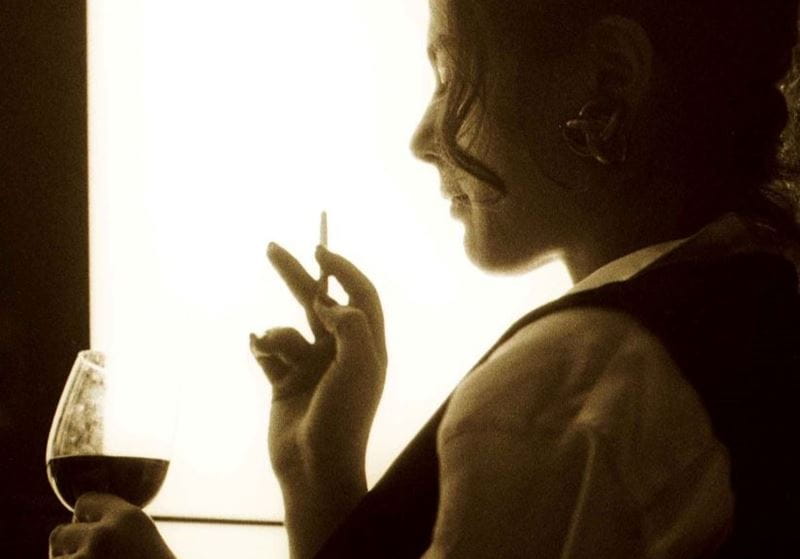
Lewis, then in her early 30s, with a vibrant personality and dark good looks, somehow seemed ideal. Serendipity again.
Turpin recalls: "We went to a wine bar in Canary Wharf near The Independent offices where I bought a bottle of wine, poured a glass, she lit a cigarette – you could do that then – and I shot away."
The image – wine glass in one hand and cigarette in the other, a wisp of hair falling down her face – perfectly reflected the appeal and tone of the piece. Turpin, who was simply carrying out one of several jobs on a very ordinary day, had created something that still resonates three decades later.
One of the joys of the column was the depiction of Bridget’s family and social circle – particularly her friends Shazzer and Jude, with whom she would gather in Café Rouge to share life’s highs and lows over many glasses of Chardonnay.
For them, Fielding drew on two close friends, also in their 30s and single: Tracey MacLeod, then presenter of the BBC’s late-night arts programme The Late Show, and Sharon Maguire, a producer on the show.
The problem was, Fielding had not told them that she was the author of the column. Noticing certain similarities to her life, MacLeod confronted her one day and Fielding confessed.
MacLeod (Jude) and Maguire (Shazzer) would then gleefully look on as their lives were turned into comic episodes. Today, MacLeod remembers the experience with relish: "It was all very good fun, just waiting to see how Helen would work it into the column.
‘"There was one instance where a famous writer was rude to me at a party and Helen got her revenge on him in the column."
Maguire would also provide some of the column’s key phrases: ‘smug marrieds’, ‘sad singletons’, and the ‘emotional f***wittage’ of certain men.
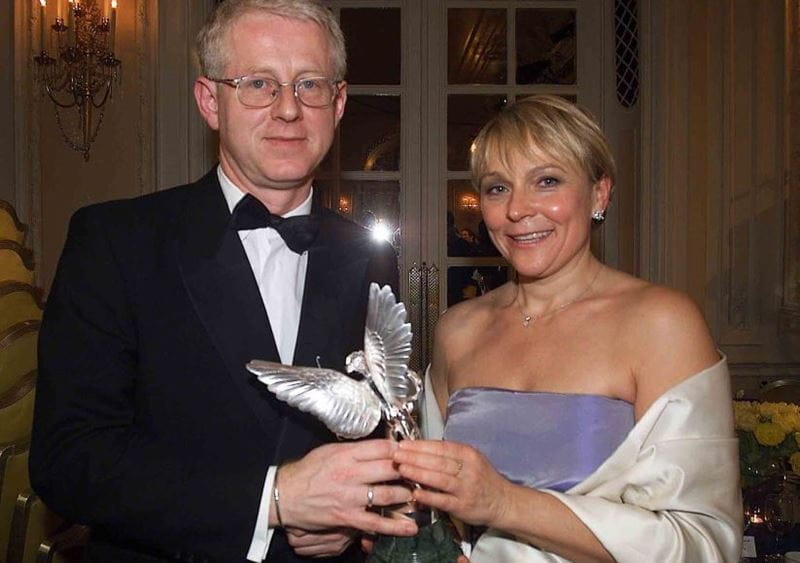
At The Independent the letters rolled in: women adored it; one man proposed marriage to Bridget. The weekly column was promoted on the front page and, the rest, as they say, is history.
Fielding won a book contract from Picador and Bridget Jones’s Diary, with Turpin’s iconic image on the front cover, was published in 1996 and sold millions, as did the 1999 sequel, Bridget Jones: The Edge of Reason.
A film followed in 2001, directed – Fielding insisted – by Maguire and starring Zellweger (a great success despite mutterings about an American in the role).
Colin Firth took on the role of Mark Darcy, with Hugh Grant playing Daniel Cleaver, his competing love interest. MacLeod even made a cameo appearance in a party scene, standing between Firth and Salman Rushdie.
"Once we knew who was being cast it was clear Bridget Jones was going onto another level," she recalls.
The film of the second book was released in 2004. There were two further novels, Bridget Jones: Mad about the Boy in 2013 – on which the latest film is based – and Bridget Jones’s Baby, in 2016, which was turned into a film the same year. All were global hits.
Bridget Jones was credited with helping to spawn a whole new fiction genre, but its debt to Jane Austen’s Pride and Prejudice, with its original Mr Darcy (played, of course, in the film version by Firth), was also acknowledged by Fielding.
So, three decades on, where does Bridget Jones stand? While the original columns remain sparklingly fresh and funny, some feminists believe it set back female equality by endorsing conventional stereotypes – a ditsy woman seeking validation from masculine love.
MacLeod firmly disagrees: ‘It was a comic construct, not meant to be accurate, but was based on real life at the time. It was a considerable achievement by Helen to turn a humorous column into what is still a global brand and give empowerment to a large number of women on the way."
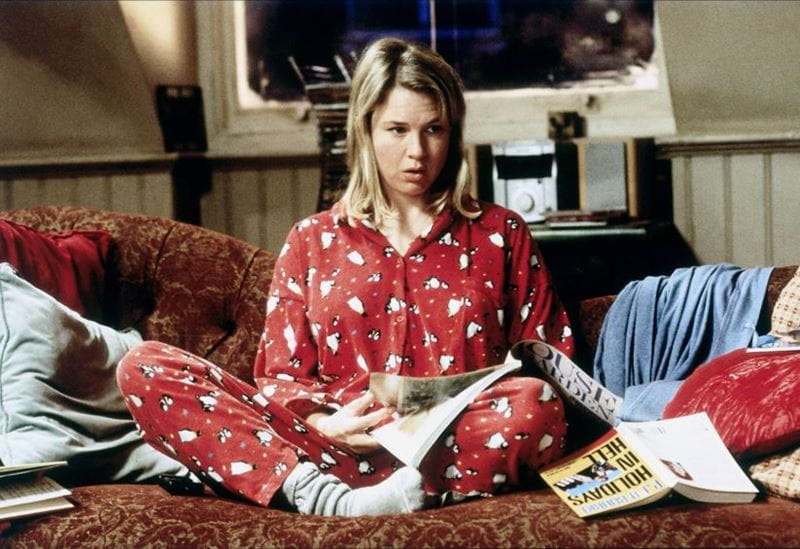
And where are they today, those who oversaw the birth of this cultural icon?
Turpin, now in his 50s, became a successful commercial photographer (he was official photographer for the construction of the Elizabeth Line railway).
"The image earned me a bit of money over the years and it’s the only one I have hanging in my hall at home that is not of a real person," he says.
Lewis, now in her 60s, moved to Madrid, worked as a salsa teacher and for Hello! magazine and is still in the area, married once to a Cuban drummer and now to an American musician; she did not respond to messages asking to talk about that image. It’s probably just coincidence her married name is now Jones.
Leadbeater became an adviser to the Blair government and now describes himself as an "intellectual odd-job man" working for ‘innovation for the public good’. Maguire’s most recent movie was Godmothered for Disney.
MacLeod was the restaurant reviewer at The Independent for 20 years and can be seen tasting some of the creations on BBC series MasterChef. She has long been a partner in a leading talent agency.
They are all in their 60s now, apart from Turpin, who is in his 50s. Fielding, who turns 67 this month, divides her time between London and Los Angeles. Kevin Curran, her ex-partner and the father of their two children – who was a writer and producer on The Simpsons – died in 2016.
MacLeod confirms they are still in touch, but she hasn’t got time to talk more as she is off to a party. Perhaps the Bridget Jones generation hasn’t changed so very much over the years.
Bridget Jones: Mad About The Boy is out UK-wide on 13 February, 2025.
Terry Kirby was one of the Independent's founding members of staff in 1986 and worked in a number of roles, including crime correspondent, assistant news editor and night editor.
He is now a senior lecturer in Journalism at Goldsmiths, University of London, wine writer, freelance journalist and editor.

Every issue of Saga Magazine is packed with inspirational real-life stories, exclusive celebrity interviews, brain-teasing puzzles and travel inspiration. Plus, expert advice on everything from health and finance to home improvements, to help you enjoy life to the full.

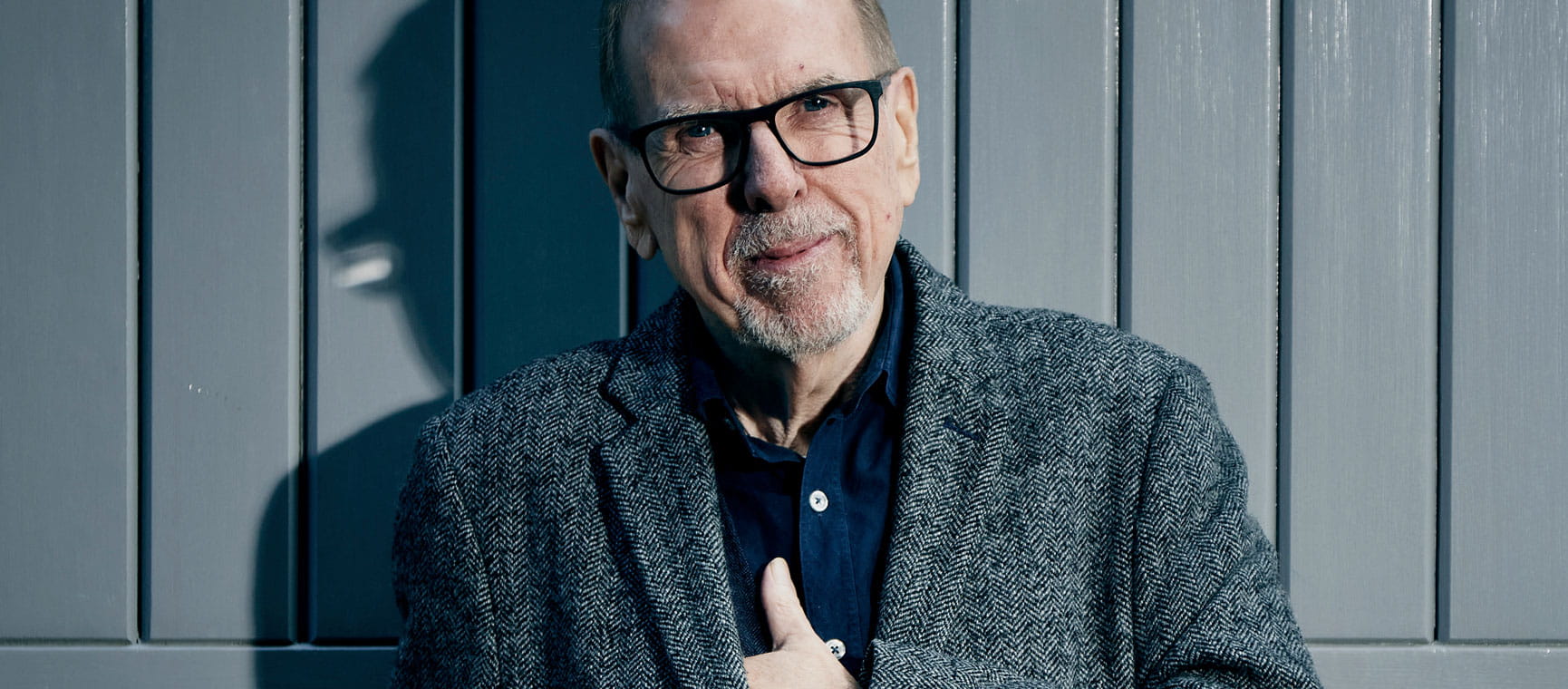
The Bafta-winning actor had been so successful at losing weight, he had to fatten up with a strap-on false belly for his latest role.

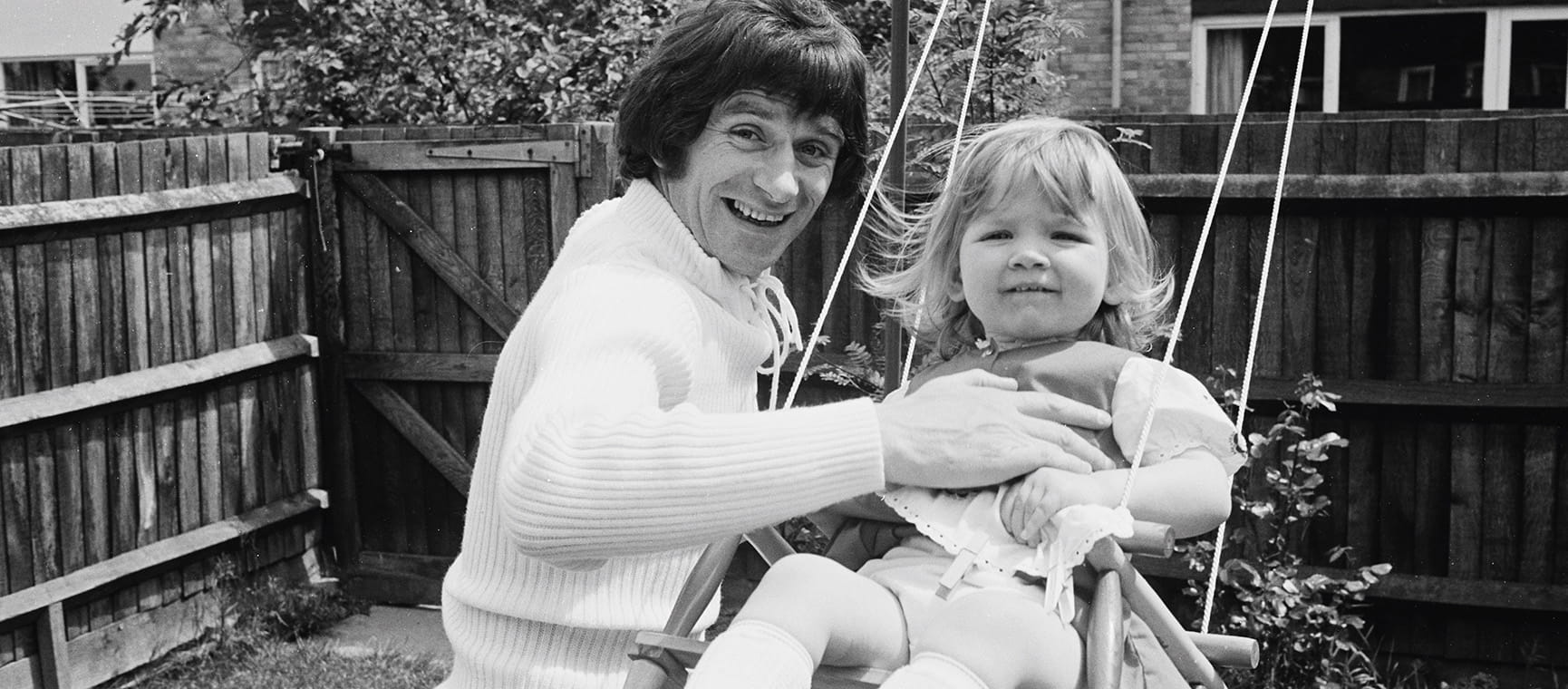
The presenter on inspiring the next generation and how daughter Zoe is bouncing back after leaving Radio 2.
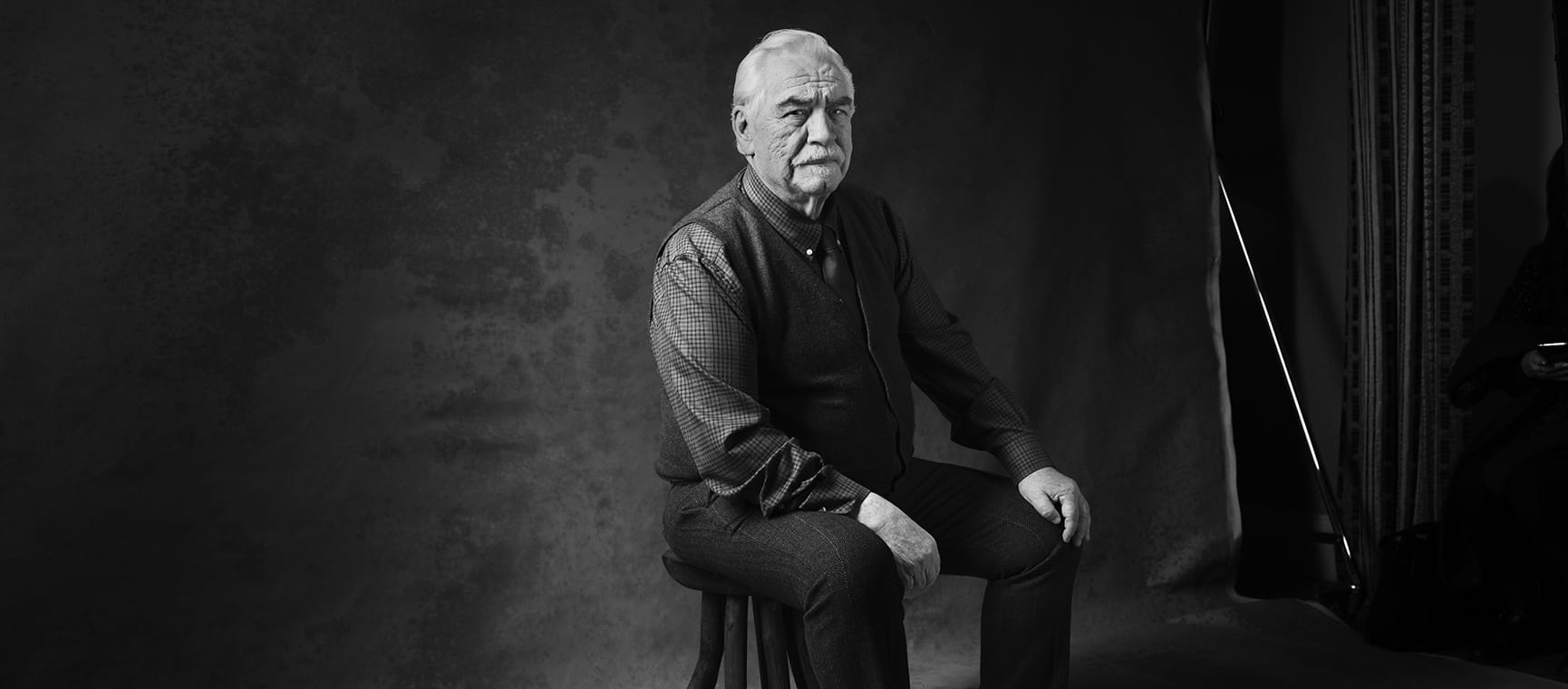
The Scottish actor on how he’s still asked to repeat Logan Roy’s most famous catchphrase.

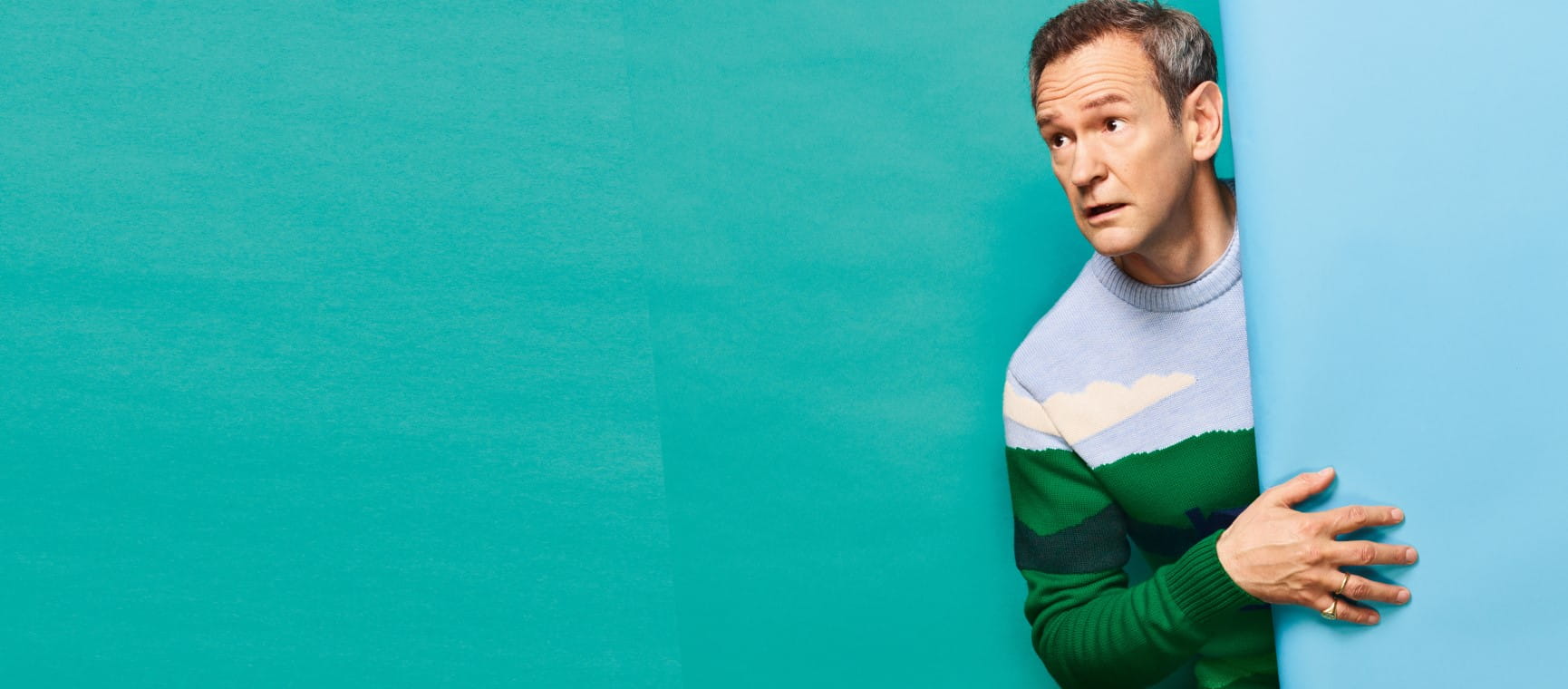
The presenter reveals his surprise contestant and how Richard Osman ‘bullied’ him into writing his debut novel.

The TV adaptation of Rivals has has been judged a rip-roaring success. We caught up with the book's author.


The BBC Radio 4 Today presenter reveals the responsibility and privilege that goes with her job.
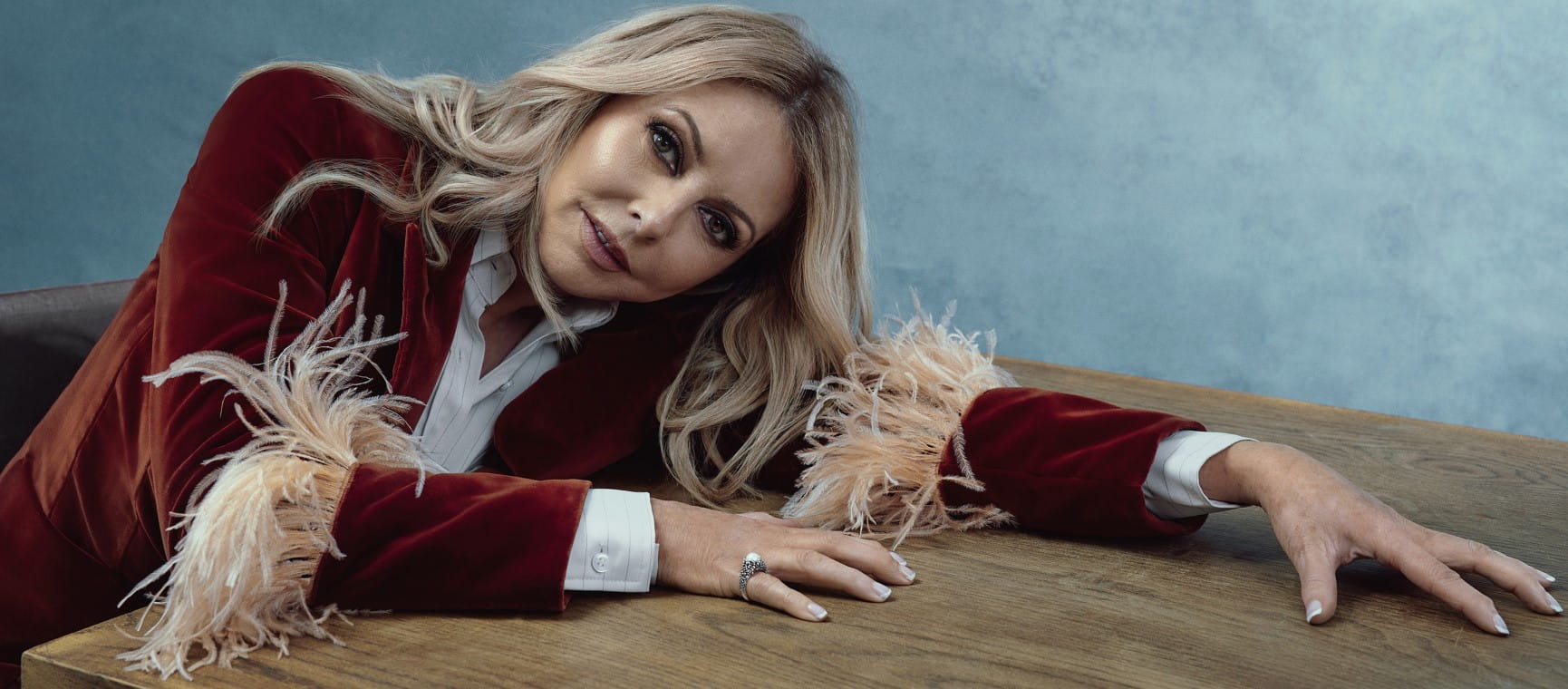
The presenter on being sacked by the BBC and why her views are 'career suicide'.

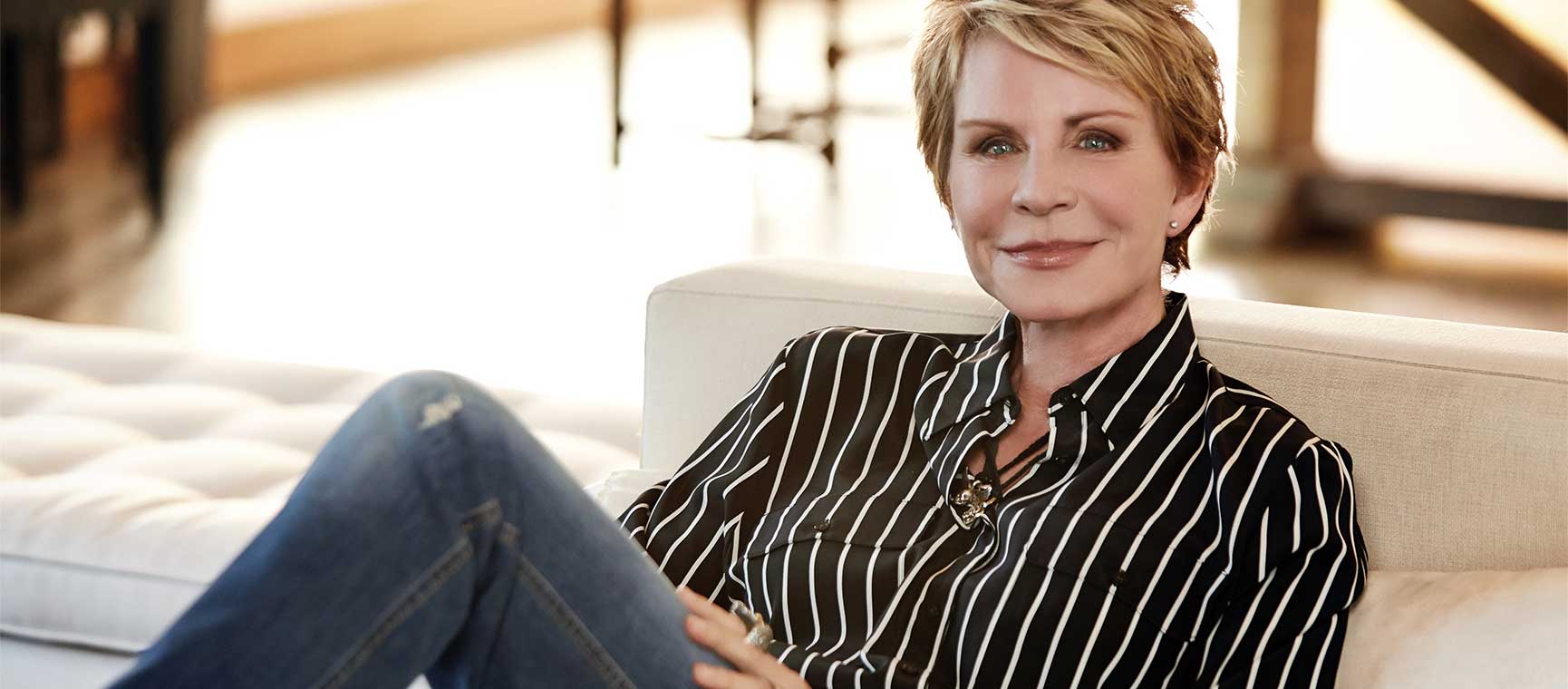
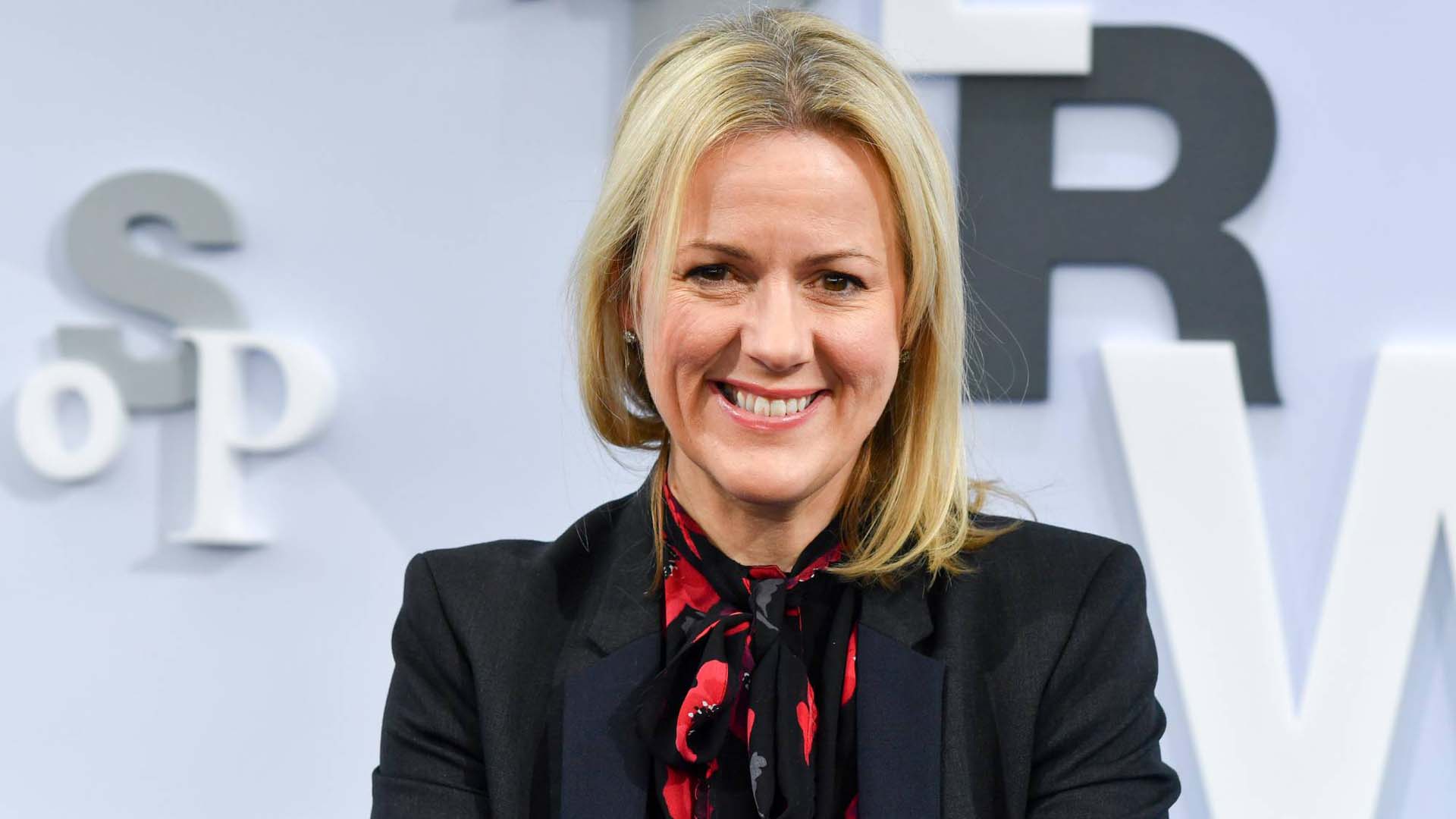
The best-selling author says Pilates has changed her relationship with her body.

Stop smoking, go for a walk and do puzzles, says the veteran newsreader.